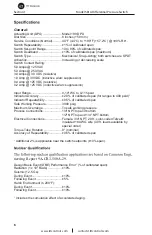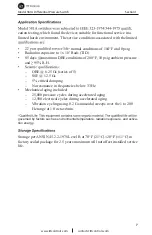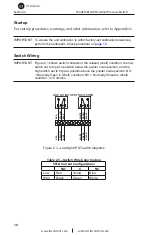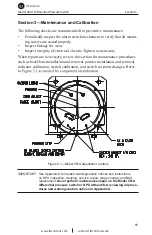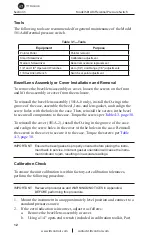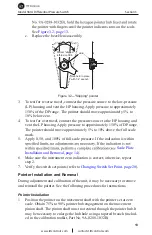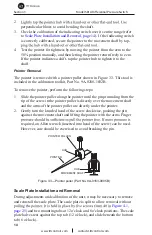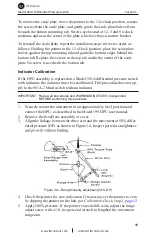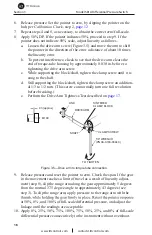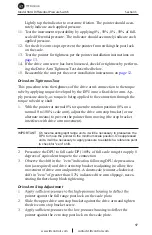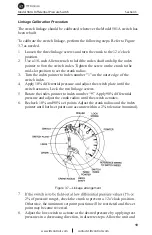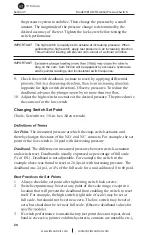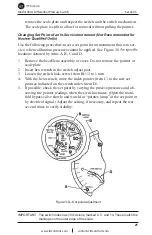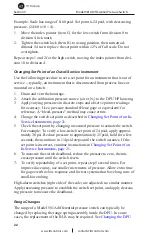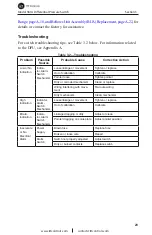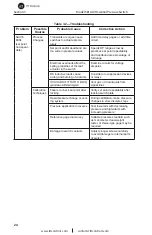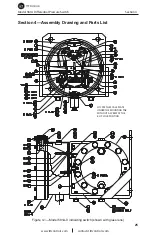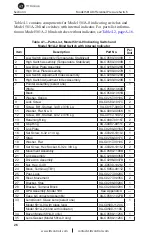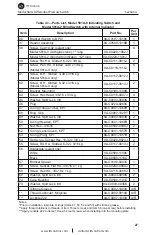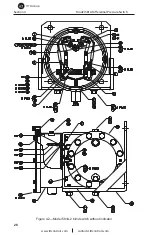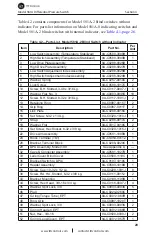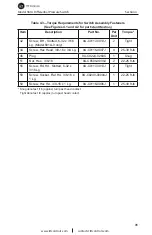
www.ittcontrols.com
20
Section 3
Model 581A Differential Pressure Switch
the pressure system to stabilize. Then change the pressure by a small
amount. The magnitude of the pressure change is determined by the
desired accuracy of the test. Tighten the lock screw before testing the
switch performance.
IMPORTANT: The high switch is usually set to actuate at increasing pressure. When
calibrating the high switch, apply test pressure in an increasing direction.
This amount of loading will prevent cam-runout of a similar condition.
IMPORTANT:
drag on the cam. Cam friction will be apparent by excessive hysteresis,
erratic pointer readings, and inconsistent switch response.
9. Check the switch deadband, (actuate to reset) by applying differential
(opposite for high switch direction). Observe pressures. To reduce the
10. Adjust the high switch to actuate at the desired pressure. The procedure is
the same as for the low switch.
Changing Switch Set Point
(Tools: Screwdriver, 1/8-in. hex Allen wrench)
Set Point.
The measured pressure at which the snap-switch actuates and
thereby changes the states of the N.O. and N.C. contacts. For example, the set
point of the low switch is 24 psid with decreasing pressure.
Deadband
. The difference in measured pressures between switch-actuation
and switch-reset. Deadband is usually expressed as percentage of full scale
(% of F.S.). Deadband is not adjustable. For example, the switch in the
example above was found to reset at 26.4 psid with increasing pressure. The
deadband was 2.4 psi, or 4% of the full scale for a unit calibrated 0 to 60 psid.
Best Practices for Set Points
1. Always check the set point after tightening switch lock screws.
2. Switch setpoints may be set at any point of the scale range, except in a
location that will prevent the deadband from enabling the switch to reset
itself. For example, the high switch (right side of scale) may be set at
full scale, but should not be set near zero. The low switch may be set at
zero, but should not be set near full scale. (Observe deadband values for
3. If switch performance is unsatisfactory (set point does not repeat, dead-
band is excessive, pointer exhibits hysteresis, contacts are unstable, etc.),

